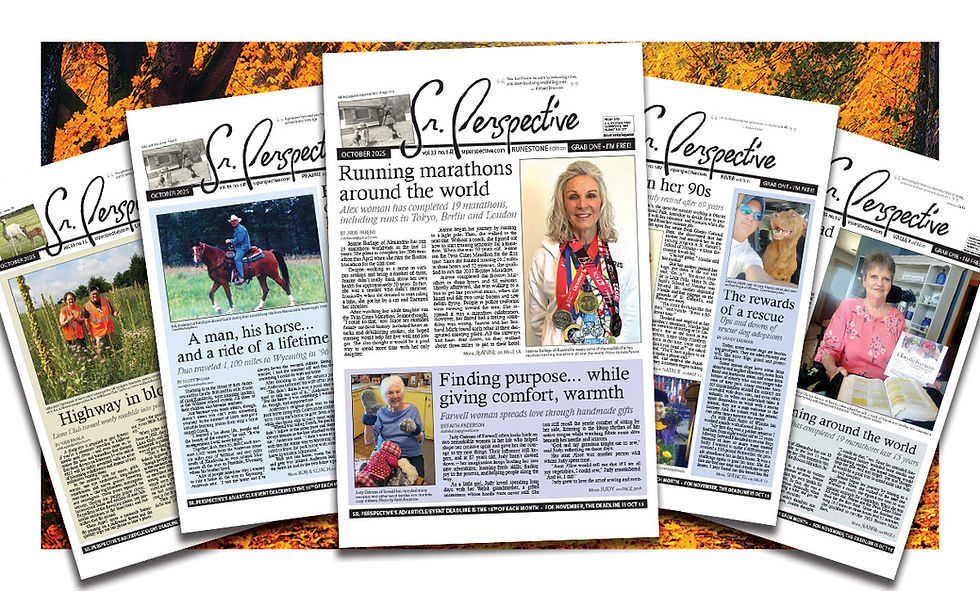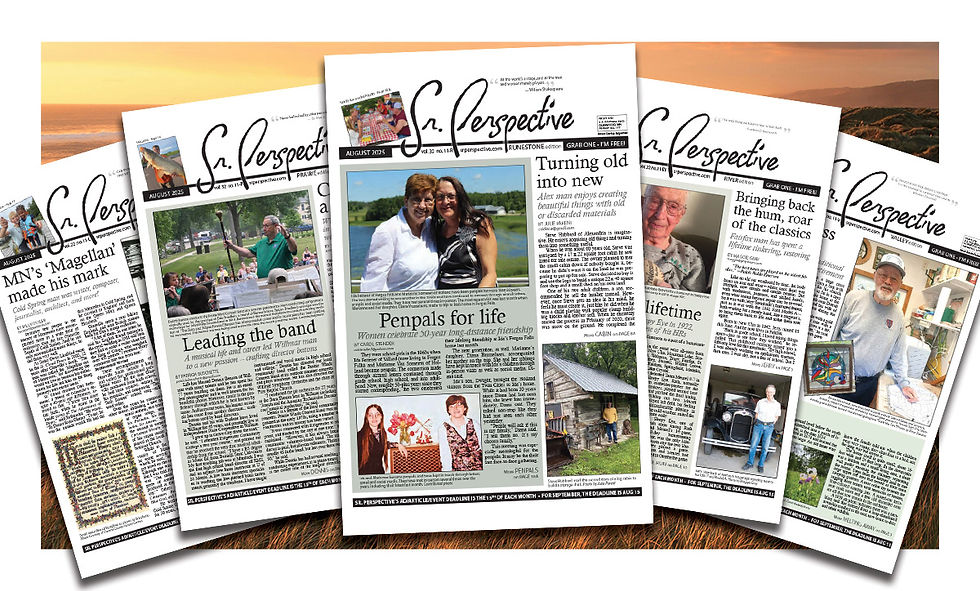Nuns’ loving care helped turkey flock expand
- Sr Perspective

- Jul 31, 2013
- 2 min read
Submitted by Marlene Brinkman of St. Joseph

The Benedictine sisters came to St. Joseph in 1863. The Sisters of St. Benedict in St. Joseph soon realized that growing their own crops and raising their own animals was fundamental to their agricultural heritage.
The Woodland Turkey Farm began when two young postulants in 1930 were assigned the task of hatching and raising turkeys. The convent was going through hard times; tremendous bills were coming in from the operation of the new St. Cloud Hospital the nuns had helped recently build.
The two began by putting 27 eggs donated by laypeople from outside the Benedictine community into apple boxes containing sawdust covered with straw. Hens were “borrowed” from the poultry barn to incubate the eggs. After four weeks of waiting, 15 baby turkeys hatched.
It was a start for the girls and their turkey industry. As more eggs were donated that summer, some turned out to be useless, but 28 hatched, and the resulting baby turkeys joined the already-existing flock. With other live donations, they soon had a flock of 52 turkeys to care for.
One of the postulants, Clara Loxtercamp (later Sister Georgetta), also had carpentry experience. She built feeders and other equipment needed in the operation. She and her fellow postulants turned fruit jars upside down into saucers to serve as milk and water dishes.
As the turkeys matured, they were trained to go into the woods each morning to forage for food. One of the girls was assigned to watch them all day—a good time to reflect and think.
Those first gobblers provided holiday fare for the nuns at Thanksgiving and Christmas, and the feast of St. Scholastica. Many of the young women assigned to butchering the turkeys found the task distasteful but did it anyway. (Ten hens and two roosters were kept to maintain the flock.)
In 1931, the second floor of the monastery garage was turned into a brooding house. Two hundred turkeys were hatched and cared for that year. In 1932, an incubator was bought. Sister Berno, who had experience with the incubator, guarded the equipment and even slept near it.
The original postulants taught other women entering the monastery about raising and caring for turkeys. Each year, new eggs were bought and blessed by the chaplain, Father Borgerding, OSB.
The turkey industry flourished under the care of the postulants and nuns.
Turkeys were hatched in spring, cared for during the summer months and butchered, or were sold for the coming holidays. The girls who took such loving care of the turkeys became known as the “Turkey Girls.”
There are many humorous but lovely stories about the turkey operation. Sister Mary Elizabeth Weber cared for one turkey hen, who had contracted pneumonia. She put Vicks in its nose and fed it wormwood tea. The hen recovered.
The girls prayed to Blessed Martin De Porres for his protection. They sprinkled their turkeys with holy water. The business expanded quickly. New equipment was bought to improve the operation. In 1937, about 1,314 turkeys were raised.
The scholastic turkey project lasted eight years. By then the postulants had become full-fledged nuns and were assigned to parishes in other localities. Sister Carolinda Mandernach took over the operation. The Woodland Turkey Farm operation lasted 30 years.




Comments